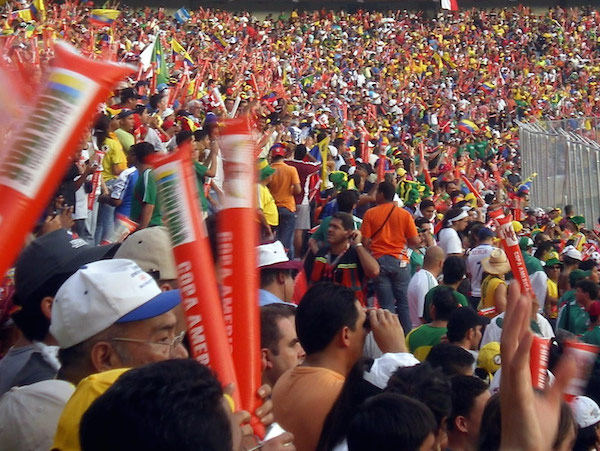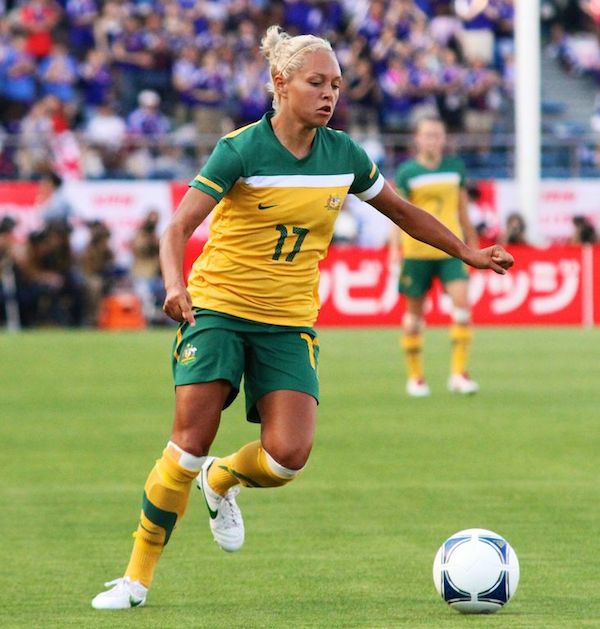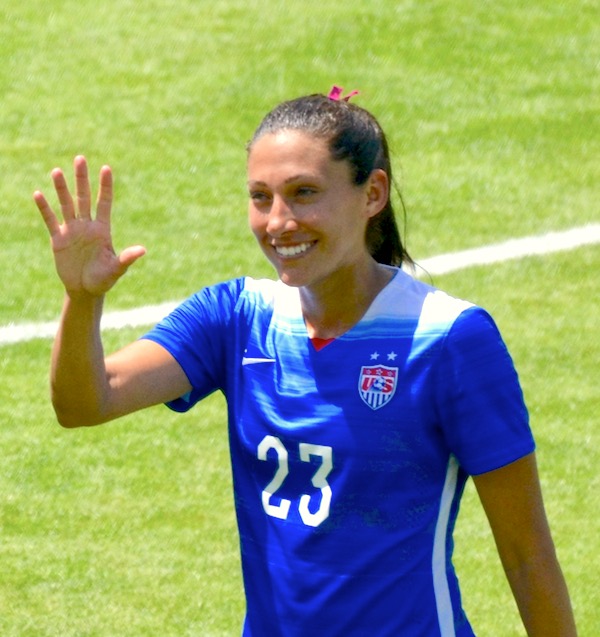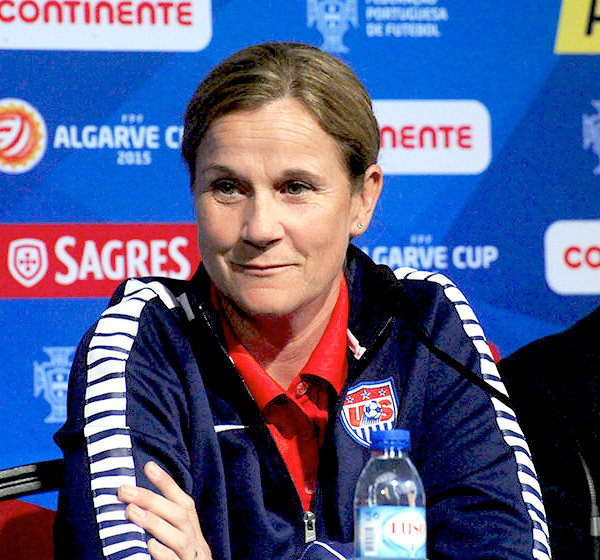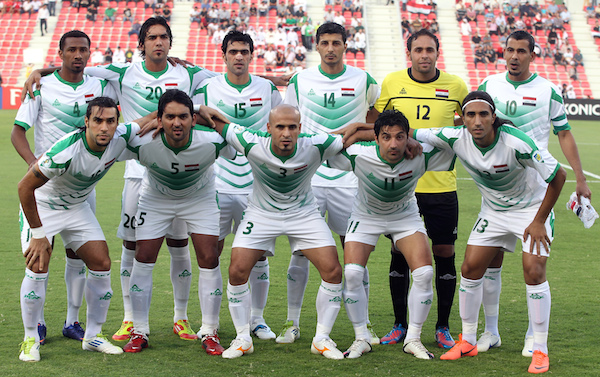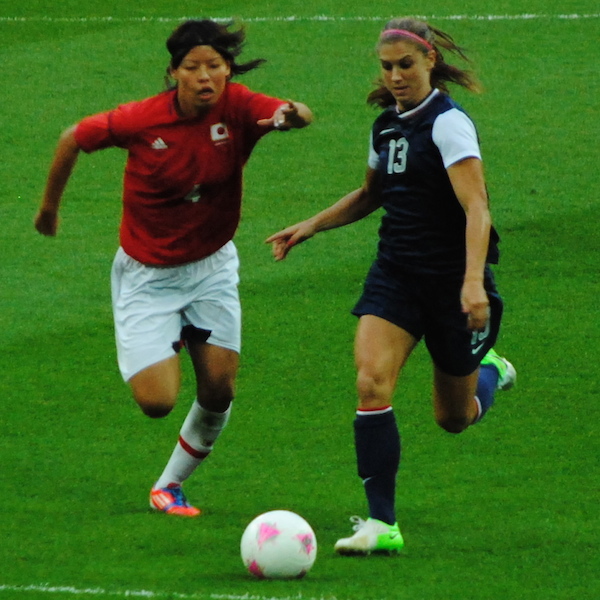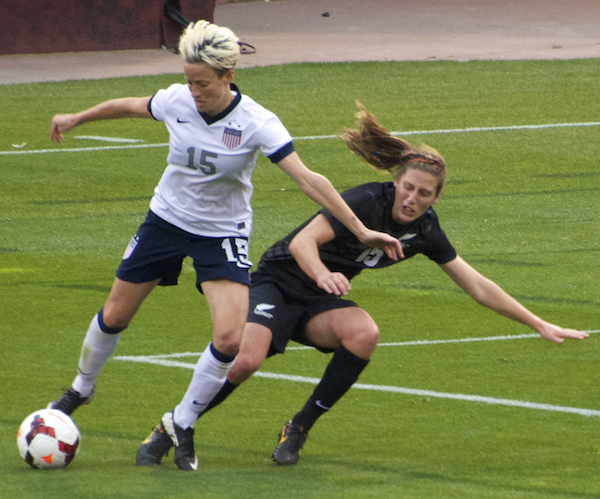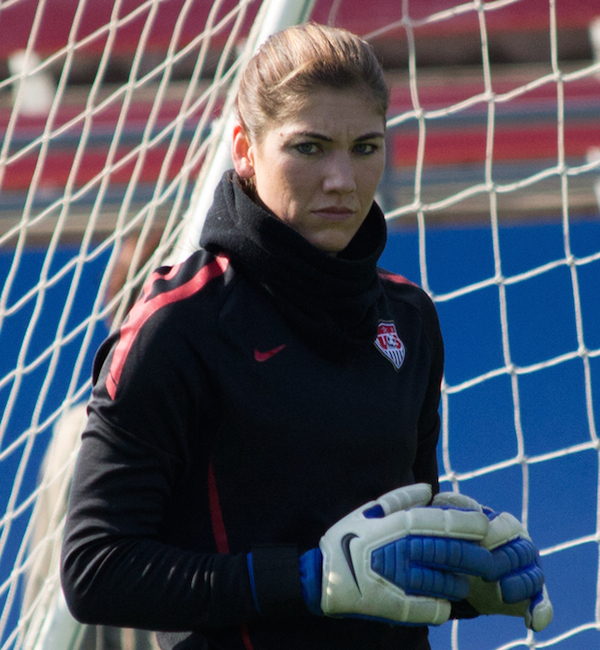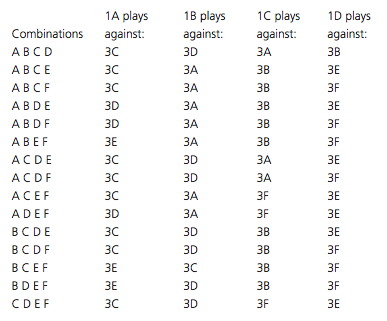Copa American is a quadrennial international men’s soccer tournament. The winner of each Copa can lay claim to being South America’s best soccer team for the next four years. Here to tell us all about the tournament and to get us prepared for the semifinals tonight and tomorrow and the final match on Saturday, is my old friend and soccer teammate, Salvador Baldino. Salvador is a life-long soccer (or as he calls it, football) fan. He was Princeton High School’s varsity soccer goalie in the early 2000s and has remained an integral part of youth soccer in the Central Jersey area. An Italian-Argentinian-American, Salvador’s passion for the game is as plentiful and diverse as his rooting interests.
Al-Jazeera owns BeIN Sport, the television station with the rights to the this years Copa America. If you don’t pay the extra $10 a month for BeIN, do it. Chile-Mexico, 3-3, Colombia-Brazil 1-0, Argentina- Paraguay 2-2 were some of the brightest and nastiest matches we saw in the first round. Free-flowing, care-free, physical, bloody and in one instance, sexually harassing (WTF Gonzalo Jara), styles of football are coming together right now in Chile. The pressure of the World Cup has been lifted a year ago and now we see teams trying to win or go on their respective vacations away from the beautiful game for a couple weeks.
Neymar, Brazil’s brightest star, is already on vacation, suspended for the remainder of the tournament for a post game skirmish with Colombia’s Carlos Bacca. Neymar’s carelessness went a bit too far as did Arturo Vidal (DUI) and Gonzalo Jara (borderline sexually violating Edison Cavani). South American soccer is a beautiful combination of international football superstars and street thuggery.
The 12 team tournament has culminated into the semi-finals which begin Monday. Chile, hosts and favorites vs Peru, the tournament dark horses. Chile had to overcome the defensive shackles of Uruguay to get there. Unlikely hero/defender Mauricio Isla scored the lone goal of the contest in the 81st minute to move along the host nation. Peru took care of lowly Bolivia in the other quarter final by a score of 3-1. All the goals coming from Guerrero (which means “warrior” in spanish).
The other semi final is not what we all hoped for. Fans across the Americas hoped for that this semifinal would be Brazil vs Argentina as soon as the Copa draw was announced 6 months ago. Instead, thanks to an upset of Brazil by Paraguay, it will be Paraguay who faces Argentina.
Argentina dominated Colombia in their quarter final match but were not able to beat them in regular time. David Ospina, Colombia’s Goalkeeper, stole the show, stopping Messi, Aguero, Tevez and the rest of the Albi-Celeste’s point blank shots. There is no overtime in the Copa America, matches ending in a tie in the Knockout stage go directly to a shootout, unless there is a tie in the final, then there will be OT then followed by the spot kicks.
Brazil continued their “average at best” performance and lost to Paraguay in a shoot-out for the second Copa in a row. Paraguay boasts a stout defense and veteran offensive skill players like Lucars Barrios and Nelson Haido Valdez.
Clearly Chile has the easier road to the final. Argentina will look to avoid any further suspensions on their way to the final. Star players Messi, Aguero, and Mascherano have each already received one yellow. One more and they will miss the final.
The four semi finalists have one interesting thing in common, all have Argentinian coaches, who all bring their own attacking flair and different hairstyles. Gareca, Peru’s coach, wins the hair award, still rocking the long hair at age 57. Ramon Diaz, Paraguays coach, formely of River Plate, has the slicked back mafioso look. Gerardo Martino, of Argentina has the classic history teacher look while Chilean coach Jorge Sampaoli has the bald as a cue ball look.
Peru with nothing to lose will challenge Chile who has all the pressure tonight at 7:30 p.m. ET on BeIN Sports. My prediction: Chile wins that one 2-0.
Argentina are displaying their best defensive football since… shit, who knows? — but their trade-mark offense is sputtering, doing everything but putting the ball in the net. Argentina should beat Paraguay on paper but this is football. Still, I say Argentina wins 1-0. This match happens Tuesday, June 30, 7:30 p.m on BeIN Sports.
The final dog fight will happen on the 4th of July at 4 p.m. ET on BeIN Sports. Unlike the rest of the Knockout round games, if the final is tied after regulation, the two teams will play overtime before heading to a shootout. While all of America celebrates the declaration that began its history’s greatest dog fight, we football fans will be watching another great one in South America.

